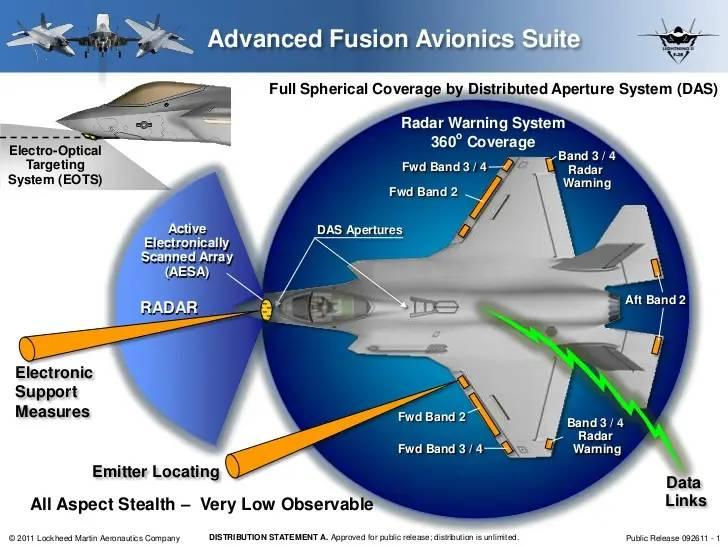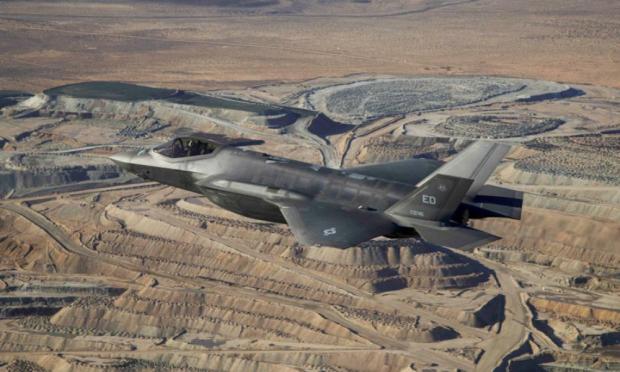Last June, the General Directorate of Defense Equipment and Investments, at the behest of the leadership of the Ministry of National Defense, sent a letter of request for a letter of acceptance (LoR for LoA) to the US government, requesting to be informed about the cost and availability of the aircraft .
In two weeks, the official response of the United States for the acquisition of 20 + 20 F-35s is expected to arrive in Athens. They will be the most modern 5th generation aircraft in the world.
Ιn a recent article we reported that, according to Gregory Ulmer, Executive Vice President of Lockheed Martin Aeronautics, "Greece will acquire the most advanced version of the F-35A Block 4 Technology Refresh 3 (TR3)".
The fighter's upgraded electronic warfare capabilities were initially targeted by Athens, as the F-35 will be called upon to operate in a modern threat environment.

According to the manufacturers, the TR-3 configuration gives the aircraft 25 times more computing power than F-35s currently in service.
According to CNN Greece, thanks to this, the fighter can transmit and receive data faster, making it capable of detecting more threats in a shorter period of time.
The F-35's data sharing, data processing and sensor fusion technology provides a unique advantage in current and future wars.
In defining the F-35 as a data-gathering "spacecraft," we have reported that data collection on this aircraft is supported by 8.6 million lines of software code.
The term "Joint Strike Fighter (JSF)" in the name of the F-35 program was used because it was intended to be a single platform that provides all attack and air dominance roles simultaneously and collects and shares data and battlefield information for joint operations.
Of course, their capabilities to collect data on the enemy are shared while flying with other F-35s. This allows the pilot to make the most informed tactical decisions.

New radar
In a press release, US Lt. Gen. Michael Schmidt, program executive officer for the F-35, hailed the first flight of the TR-3 as a "significant achievement" for the program.
"The TR-3 features a critical computer upgrade of the F-35 that will continue to provide all of our pilots with the capability they need to fly successful missions against any adversary," he said.
The most important addition, however, which takes full advantage of the features of the Block 4 version, is the new state-of-the-art AESA AN/APG-85 electronic scanning radar and the new Infrared Sensor System (DAS), which offers 360 degrees to the operator to know at all times what is happening around the aircraft, while the electro-optical targeting system (EOTS) will also be upgraded.
At the same time, according to CNN Greece, the automated information support system (ALIS) is being strengthened in which, the aircraft itself, conveys information about operations, maintenance, support network and training while also providing valuable information that the F- 35 collects during its mission, such as signals from enemy radars to more accurately depict the threat environment the user faces.

It is therefore an even more improved version of an aircraft that, despite the many problems, will form the core of the Air Forces in Europe and in the West in general in the next 30-40 years, and among them will be the Greek Air Force.
According to the manufacturer Lockheed Martin, the F-35 TR-3 Block 4 will go into production in batches 15 to 17, which will also include the Greek aircraft. The first TR-3 configuration aircraft are expected to begin testing in mid-2023.
Given that Greece will begin receiving its own F-35s from late 2028, it is becoming clear that all aircraft coming to Andravida's 117th Fighter Wing will have all the latest upgrades.




